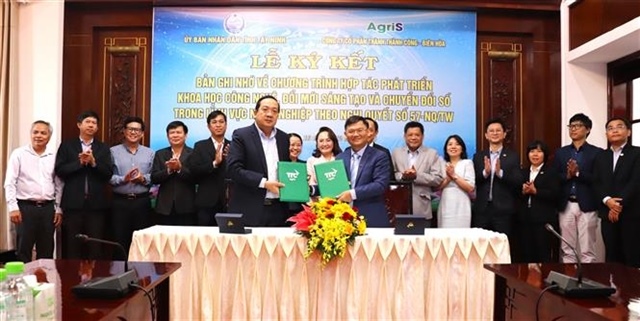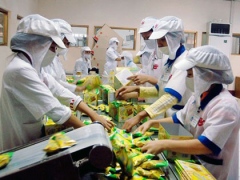Low tariff encourages export, but technical barriers keep goods inaccessible
Low tariff encourages export, but technical barriers keep goods inaccessible
Australia and New Zealand have committed high tariff preferences to Vietnam. However, the exports to the two markets remain modest.

Over the last two years of implementing the ASEAN – Australia – New Zealand Free Trade Agreement (AANZFTA), Vietnam’s exports to Australia and New Zealand have not seen any improvement.
In 2011, Vietnam exported 2.5 billion dollars worth of products to Australia, a decrease of seven percent in comparison with the same period of the last year, and exported 151 million dollars worth of products to New Zealand, up by 23 percent, according to the General Department of Customs.
Meanwhile, Vietnam’s import turnover was 2.1 billion dollar from Australia, up by 50 percent, and 383.9 million dollars from New Zealand, up by 9 percent.
Big preferences, numerous challenges…
According to Cao Thanh Diep from the Multilateral Trade Policy Department under the Ministry of Industry and Trade, under AANZFTA, Australia and New Zealand have made high commitments about the tariff cuts.
A lot of Vietnamese export items to Australia, including crude oil, phones and phone parts, seafood, wooden furniture products, cashew nuts, equipments, footwear and computers, plastics and coffee, now can enjoy the zero export tariff.
The zero tariff has also been applied by New Zealand to Vietnamese export products, including cashew nuts, seafood, ores and other minerals.
Nevertheless, footwear and garment products, the two biggest export items, are still bearing high tariffs when entering the two markets. Australia, for example, imposes the tax of 10-15 percent on some garments, while New Zealand imposes 5-19 percent on garments and footwear.
However, Diep said tariff is now not the biggest obstacle for Vietnamese exporters. It is the non-tariff barrier and the business mode which have made it difficult to penetrate the two markets.
The markets now set very strict requirements on goods quarantine, which can be compared with the strict rules applied by the US, EU and Japan. If a consignment of goods is discovered as “having problems,” 100 percent of the next consignments would be examined.
While the two countries offer sharp tariff cuts, they have also set high requirements on Vietnamese enterprises to be able to enjoy the low tariffs.
For example, the products need to have the ASEAN-made content ratio of no less than 40 percent (i.e. at least 40 percent of the products’ content must be made in ASEAN countries), while the required ratio is only 35 percent in the ASEAN-India FTA. The rules of origin stipulated in the AANZFTA are described as “open”, but they are complicated with a lot of technical provisions.
…make Vietnamese businesses shrink back
Also according to Diep, besides the strict requirements on quarantine and quality, Vietnamese enterprises also have to overcome a lot of other difficulties to penetrate Australian and New Zealand markets, including the long geographical distance, the different tastes, and the lack of information about the markets. Especially, Vietnamese exporters still have to compete fiercely with China and India in the choosy markets.
Huynh Khanh Hiep, Deputy Director of the HCM City Industry and Trade Department, said Vietnamese exports to Australia have to go through the process of risk analysis conducted by the Australian biosecurity agency. Meanwhile, the two countries remain slow in setting up the foundation for the cooperation between the two countries.
Hiep also said that not many Vietnamese enterprises intend to export to the two markets, despite the preferential tariffs, because it would be very costly to survey and approach the markets.
However, Truong Thi Binh, a senior executive of the Duc Thanh Wooden Furniture Corporation, said Vietnamese products still can enter the two choosy markets, if they are competitive.
She said that one of the reasons allowing Duc Thanh’s products to penetrate New Zealand is the diversification of products. Duc Thanh’s chopping boards, for example, do not have round shape like other popular products, but have holes and slots for different functions. Besides, the products have the handles made of sedge, which makes the products differential from others.
vietnamnet


























